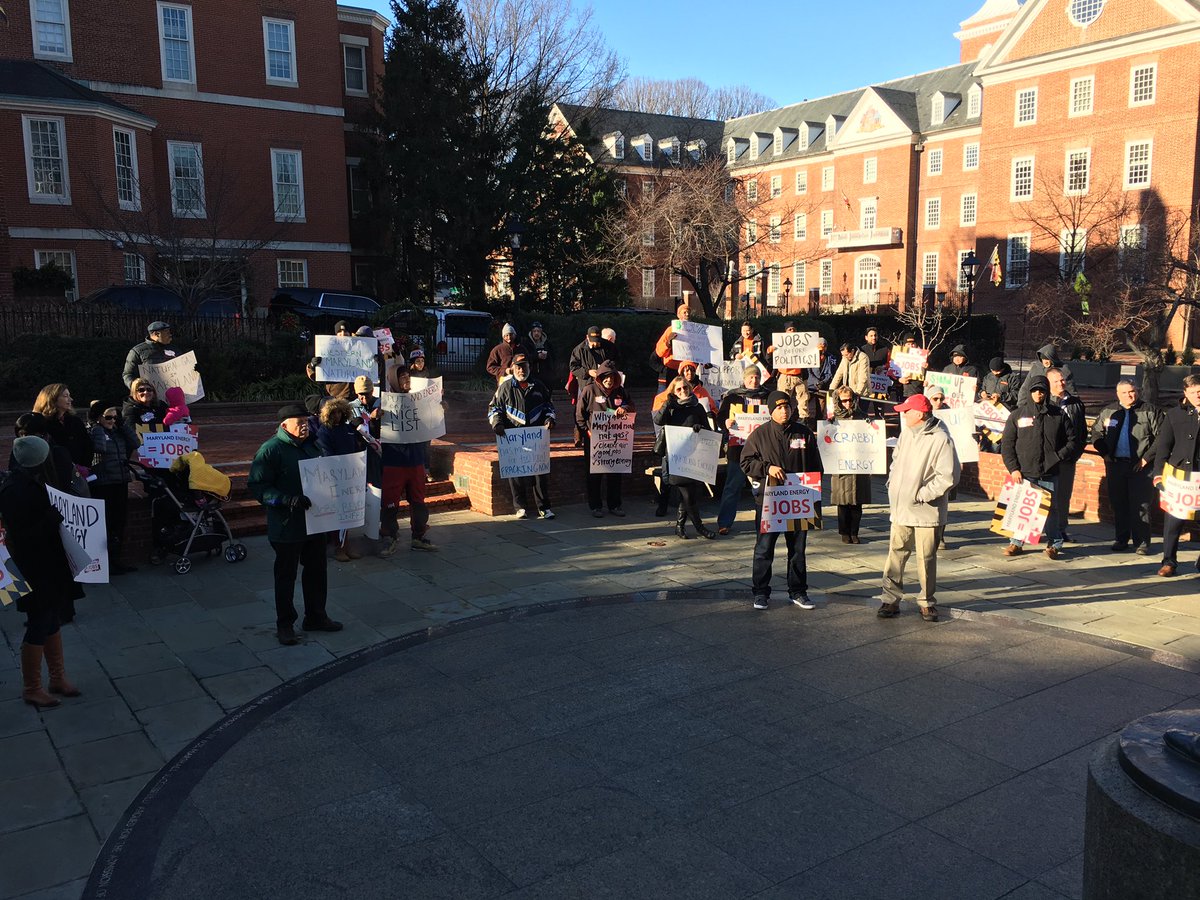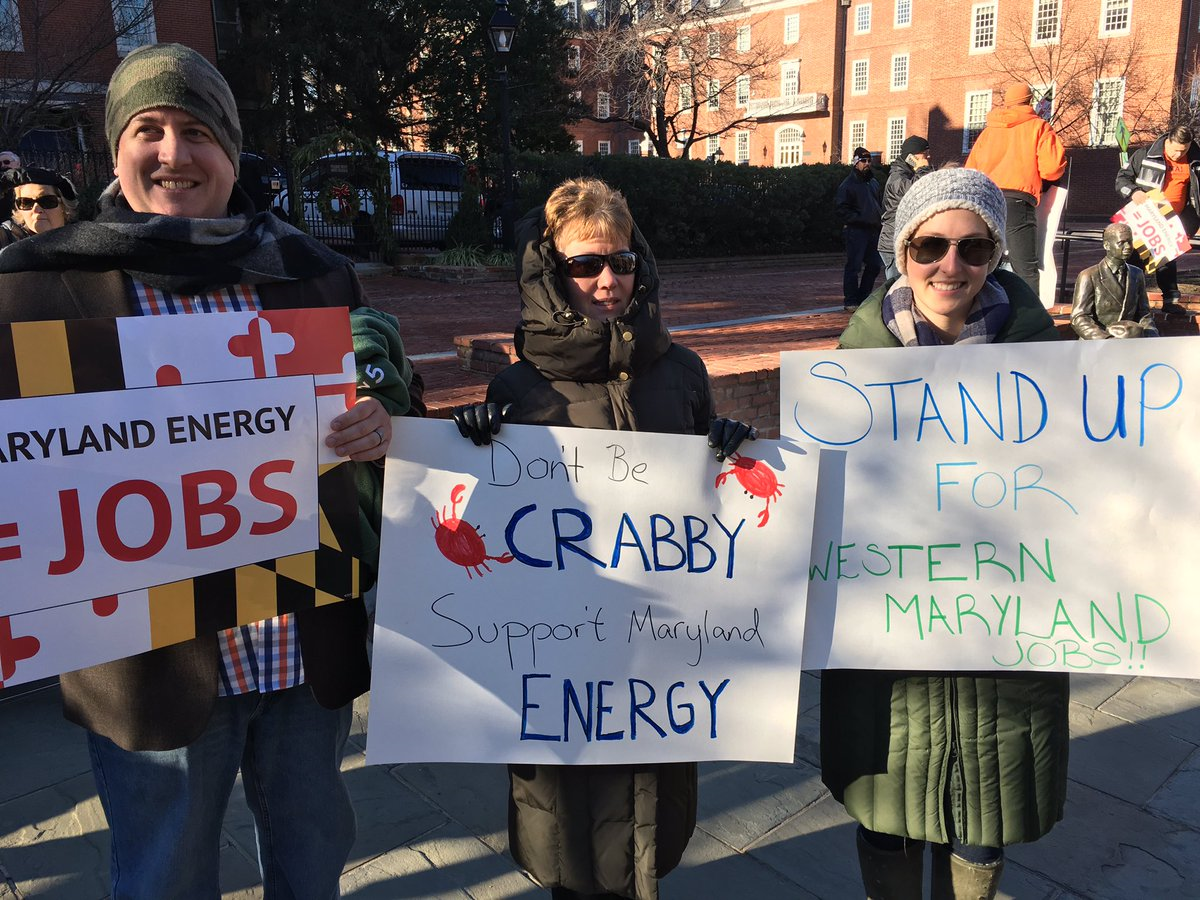Commentary by Marita Noon
For the past decade, I have been dedicated to fighting bad energy policies. My efforts began in New Mexico, where the organizations I lead are based, and expanded to focus on national issues. When I accepted the executive director position on January 1, 2007, New Mexico had an anti-energy governor and America had a pro-energy president. Two years later that flipped. By then, I’d become deeply committed to what I began to call the “energy makes America great!” message and I’d realized the issues in which I was engaged didn’t stop at the state line.
While I do not come from a background in energy, and have no formal education in it, through my work, I quickly learned about the important role that energy plays in America’s economic prosperity and growth. Because I didn’t know a lot about energy before taking the position, I understood how little the average person thinks about energy – until their power goes out or gasoline prices spike. I believe that if people better understand the role of energy in their lives, they’d make wiser choices when they vote. I have been passionate about the cause.
The election of Donald Trump as our 45th president is a vindication of my work as one of his big campaign messages was about America’s abundant resources and his promise to manage and maximize them – rather than to lock them up.
While I have worked these past ten years to educate people and keep a positive energy message in the public dialog, during the past several months I have specifically engaged in doing everything I could to be sure our next president was pro-energy. I knew I wouldn’t be able to live with myself if Hillary Clinton won, and I hadn’t done everything I could to prevent that from happening. I don’t have the reach of a Rush Limbaugh, Glenn Beck, or Sean Hannity – or even Ann Coulter, Laura Ingram, or Michelle Malkin. But I do have a platform. My weekly column is widely distributed. I typically do dozens of radio interviews each month. And I’ve frequently spoken for many industry, political, and civic organizations.
Because most of my time as executive director was during the Obama years, I’ve fought for the Keystone pipeline and against the many punitive regulations that stem from the green agenda – most specifically the Clean Power Plan that is the cornerstone of Obama’s climate change agenda.
The recent news cycle has been so myopically focused on the presidential election, I suspect few people are even aware of the U.N. climate change meeting going on right now, November 7-18, in Morocco. There green campaigners and policymakers are meeting for talks on implementing the Paris climate agreement. Imagine their shock when they realized that Trump would be our next president. He’s made canceling Obama’s commitment and ending the billions of climate change payments to the U.N. a key part of his stump speech. On November 9, Bloomberg wrote: “Doubts about U.S. support for the accord could stall progress in talks in Morocco this week and next, since other nations wouldn’t trust that any commitments the U.S. made will stick after Trump takes office.”
Truly, getting the entire globe onboard for the plan that would raise energy costs, hurt the poor, and lower living standards was always doubtful. Just last week, China, which gave lip-service to the agreement, announced that it will raise coal power capacity by as much as 20 percent by 2020 – this, despite its climate pledge. Last month news came out of France that it would drop plans for a carbon tax – which was expected to kick start broader European action to cut emissions and drive forward the international climate accord. But now, under a Trump presidency, the Paris climate agreement’s entire future is “doubtful.”
Trump will kill the Clean Power Plan and other key climate policies. He’ll end the war on coal. Coal-fueled power plants that were slated for closure can now achieve their full life expectancy and continue to provide communities with cost-effective electricity. He’ll approve the Keystone pipeline and improve drilling access on federal lands. He’ll roll back regulations and diminish the Environmental Protection Agency’s authority. Wind and solar companies already realize their days of feeding at the government trough are over: immediately following Trump’s victory announcement, stock in the world’s largest wind turbine manufacturer “plunged” and solar stocks have been “hammered.”
Trump’s energy policies are my energy policies. Mission accomplished.
Thank you to the thousands of individuals and companies, from coast-to-coast, who have supported this work through notes of encouragement, membership in the Citizens’ Alliance for Responsible Energy, and financial contributions. Contrary to what those who send me nasty notes might believe, I do not think the Koch brothers or ExxonMobil even know I exist.
I have used what I call a Field-of-Dreams fundraising model: “If you build it, they will come.” This has mostly worked throughout my ten years at the helm. I’d send out fundraising letters and those who believed in my work sent checks – with an annual average of about $500 each. But then came the downturn in oil prices and coal company bankruptcies – and the accompanying job losses. Suddenly, the pool of people who’d written checks, and could continue to do so, got smaller. Likewise, the types of events where I’ve been a popular presenter no longer have a budget for speakers.
Nearly a year ago, I had to discontinue the services of the DC-based PR firm I’d used to successfully schedule all those interviews. During 2016, there’s only sporadically been enough in the checking account to cover my salary. Because I believed so strongly in the “energy makes America great!” message, I’ve continued without pay – hoping my efforts would impact the election.
It has been a good decade. I’ve gone to some great places and met amazing people – many of whom I will always consider friends. Some of my favorite achievements include: the publication of my book Energy Freedom; being part of the successful effort to keep the sand dune lizard from being listed as an endangered species; meeting with legislators in the Southeast to give them my booklet Solar Power in the US – lessons learned and guidance for policymakers; going to Washington, DC, and working on the effort to lift the oil export ban; and the massive “green-energy crony-corruption scandal” collaboration with Christine Lakatos (and the huge body of work we created including her blog the Green Corruption Files). In fact, the final piece Lakatos and I did together: “Haiti needs electricity, Hillary gives them a sweatshop,” received nearly 15,000 Facebook “shares” from its publication on Breitbart (for comparison, one of my columns a couple of weeks earlier, received 8). Out with a bang!
The original organization, the Citizens’ Alliance for Responsible Energy and the companion advocacy arm Energy Makes America Great (founded in 2010) will reemerge in some form – which is still being discussed. But I will no longer be involved (with the possible exception of occasional writing.)
Most of my readers and supporters don’t know that during my executive director tenure, my marriage of 29 years ended. I was single for several years and then married one of those “amazing people” I met in this work. I moved from Albuquerque to Lubbock – where my husband’s work is based. Throughout it all, I never missed writing and distributing my weekly column – even during my honeymoon (my first weekly column was published by Townhall.com in 2011). I’ve done radio interviews from my bed, office, and car; hotel rooms; and airports – and have been honored to be a regular guest on many, many shows.
Will I miss this? Yes. But I am excited about my future. For the first time in my 58 years, I’ve had the opportunity to ask myself: “what do I really want to do?”
In my youth, I majored in interior design because I loved fixing up houses. Over the years, I’ve claimed that I was codependent with houses – not people. People can fix themselves, but when I see a house in need, I feel compelled to fix it – though, until now, that was never an option for me.
When I purchased my home in New Mexico at an auction on the courthouse steps, it was incomplete. Serving as the “general contractor,” I lined up the team to finish the house and did much of the work myself. When I moved to Lubbock in December 2014, my husband and I bought a house that needed TLC. Along with him, I’ve personally planned, painted, and planted. While I’ve always enjoyed my professional endeavors, these hands-on rehab projects have been some of my most rewarding.
In August, I was at my mother’s in Palm Springs. There, I got some work done on her vacation rental – which I manage. It was a bit of an epiphany: this is what I love doing. I came home and had a long conversation with my husband. Together, we’ve now started a real estate rehab business – though he will continue to spend most of his time in his work as a CPA.
I am looking forward to embarking on a new chapter in my life: Triumph Properties Lubbock Inc. This opportunity brings me full circle. I’ve made an offer on my first flip house and, because it is a short sale, I am waiting for the bank’s response. I invite you to keep in touch through Facebook.
I am honored and humbled by your encouragement and support. My work here is finished.
The author of Energy Freedom, Marita Noon serves as the executive director for Energy Makes America Great Inc., and the companion educational organization, the Citizens’ Alliance for Responsible Energy (CARE). She hosts a weekly radio program: America’s Voice for Energy – which expands on the content of her weekly column. Follow her @EnergyRabbit.
**********
Editor’s note: While I’ve only had Marita on board a fairly short time (I picked up her column starting this past March) I have had the pleasure of reading it before anyone else does to get it ready for publication – I do so as I tweak it slightly to make it look better on WordPress and my website. She is definitely a voice on energy that we need and her departure from full-time writing means I’ll have to begin addressing that topic more as part of my usual commentary on the political scene. But if she passes anything else along I will be certain to make room – after all, now she will become an expert in another vital industry, that of construction.
But her usual Tuesday morning columns will be missed by this writer, and it brings up a different topic I’ll likely discuss at length later this week.




